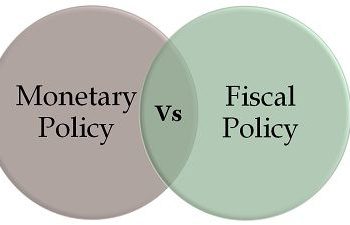The governance structure of segregated pension schemes forms the bedrock of retirement security, ensuring that retirees’ financial futures are safeguarded with utmost diligence. At the heart of this structure lies the Board of Trustees, entrusted with the solemn duty of overseeing the management and administration of pension assets. These trustees, drawn from diverse fields such as finance, investment, law, and governance, hold a fiduciary responsibility to act in the best interests of scheme members.
Working hand in hand with the Board of Trustees are several key service providers, each playing a crucial role in the effective functioning of the pension scheme. The investment manager, for instance, is tasked with implementing the scheme’s investment strategy, striving to strike a balance between maximizing returns and managing investment risks. Meanwhile, the administrator handles the day-to-day operations, ensuring seamless member record-keeping, contribution processing, and benefit payments. Alongside them, the custodian serves as the guardian of pension assets, holding them in safekeeping and providing independent oversight to prevent mismanagement or loss.
Here’s why the governance of segregated schemes should give retirees confidence:
Fiduciary Duty: Trustees of segregated pension schemes owe a fiduciary duty to scheme members, meaning they are legally bound to act in the best interests of retirees. This duty underscores the trustees’ commitment to prudently manage pension assets, make informed investment decisions, and safeguard the long-term financial well-being of retirees.
Transparency and Accountability: A robust governance framework promotes transparency and accountability in pension scheme operations. Retirees have the right to access accurate and timely information about their pension benefits, investment performance, and scheme operations. Clear reporting mechanisms and oversight mechanisms ensure that pension funds are managed with integrity and adherence to regulatory standards.
Independent Oversight: The governance structure of segregated pension schemes typically includes independent oversight bodies, such as regulatory authorities or audit committees. These entities provide an additional layer of scrutiny and ensure that pension funds are managed ethically and in compliance with legal and regulatory requirements. Retirees can take comfort in knowing that their savings are subject to rigorous oversight and scrutiny.
Risk Management: Effective governance promotes robust risk management practices within pension schemes. Trustees and service providers are tasked with identifying, assessing, and mitigating investment risks to protect retirees’ savings from market volatility and unforeseen events. By implementing sound risk management strategies, pension schemes enhance the security and stability of retirement benefits.
Professional Expertise: The governance structure of segregated pension schemes often includes professionals with expertise in finance, investment, law, and governance. These individuals bring valuable skills and experience to the management of pension funds, ensuring that investment decisions are informed, prudent, and aligned with retirees’ long-term interests. Retirees can have confidence in the competence and professionalism of those entrusted with managing their savings.
Legal Protections: Segregated pension schemes operate within a legal framework designed to protect the rights and interests of retirees. Legal provisions establish clear guidelines for pension governance, outline trustees’ responsibilities, and provide recourse mechanisms for retirees in cases of malfeasance or misconduct. These legal protections offer retirees additional assurance that their savings are safeguarded and recourse is available in the event of wrongdoing.

















